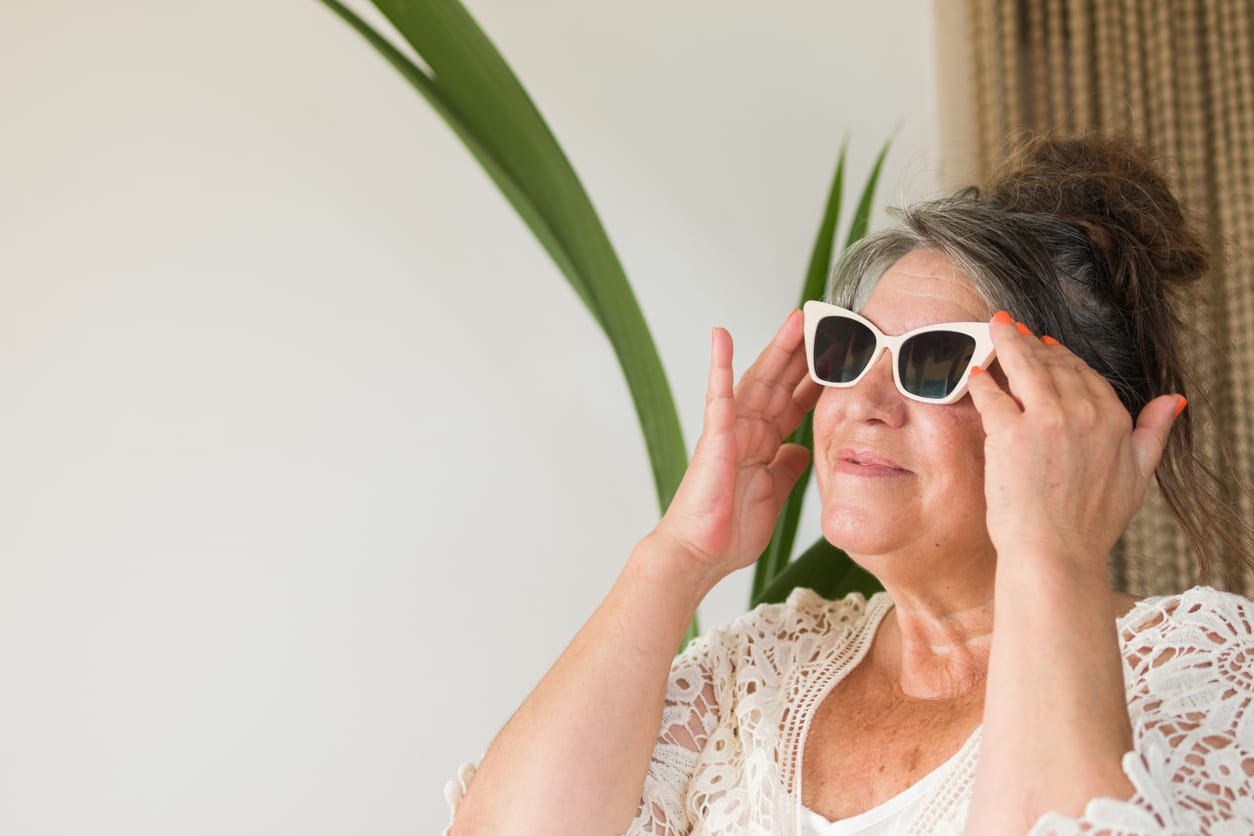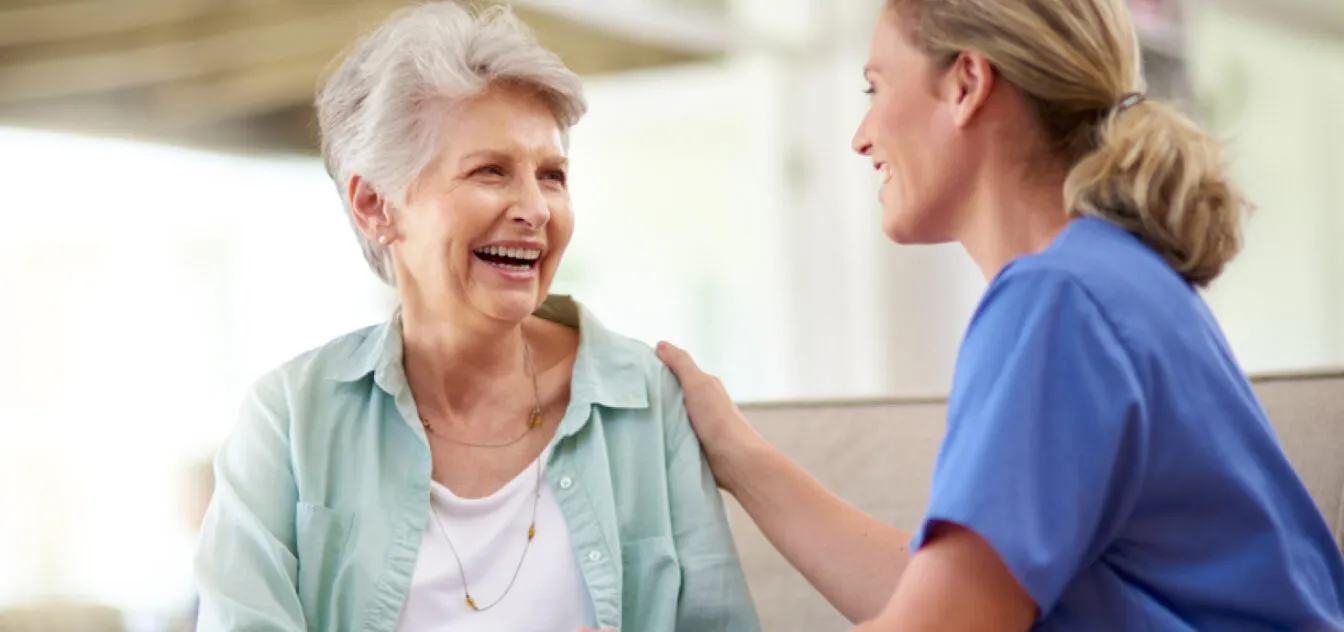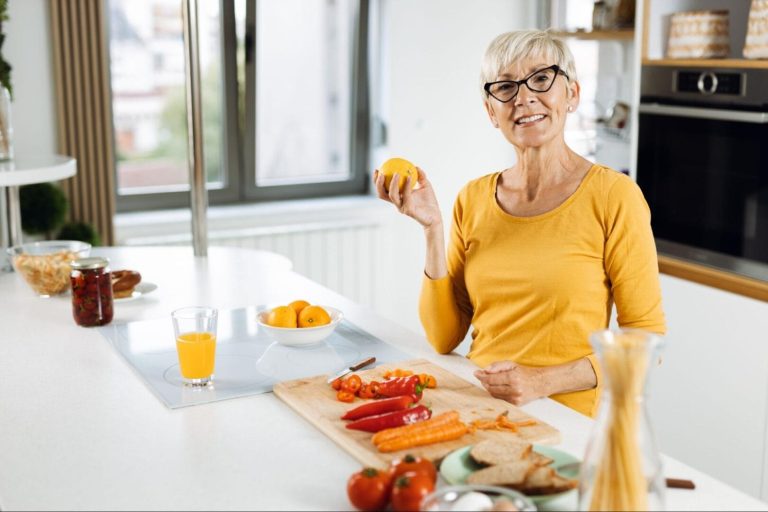Ensuring the utmost safety and well-being of elderly loved ones is a critical duty, particularly when it involves protecting them from environmental hazards like harmful sun exposure. The skin of older adults is significantly more sensitive to UV rays, heightening their risk of developing skin cancer and suffering from heat-related illnesses. These risks become even more pronounced during the summer months when UV levels reach their peak. It is crucial to recognize the importance of sun safety to safeguard the health of our seniors, allowing them to enjoy their golden years with peace and good health.
Understanding UV Radiation
UV radiation, or ultraviolet radiation, is a form of energy emitted by the sun and artificial sources like tanning beds. There are two main types of UV rays that concern us: UVA and UVB. UVA rays penetrate the skin more deeply and are primarily responsible for premature aging, while UVB rays are the main cause of sunburn. Both types contribute to the risk of skin cancer, making comprehensive protection vital.
Seniors are particularly susceptible to the dangers of UV exposure. As we age, our skin becomes thinner and less able to protect itself from the harmful effects of the sun. Additionally, the immune system weakens over time, reducing the body’s ability to repair sun damage. This combination of factors means that elderly individuals face a higher risk when exposed to UV radiation, necessitating extra precautions to ensure their safety and health.
You can find UV index data and forecasts from organizations like the Environmental Protection Agency (EPA) or the National Weather Service. This information is crucial for planning outdoor activities safely, especially for seniors who are more vulnerable to the effects of UV radiation. As caregivers, understanding these risks and how to mitigate them is key in maintaining the well-being of our elderly loved ones.
Key Sun Safety Tips
Before stepping out into the sun, it's important to remember these essential tips to protect the skin and overall health of elderly individuals:
Use of Sunscreen
Importance:
Sunscreen plays a crucial role in shielding our loved ones from harmful UV radiation. It works by absorbing, reflecting, or scattering sunlight, including both UVA and UVB rays, thus safeguarding the skin from damage and reducing the risk of skin cancer.
Application Tips:
- When applying sunscreen, use a shot glass full to cover their body adequately.
- Opt for a sunscreen product with an SPF of 30 or higher to provide optimal protection.
- Remind them to reapply sunscreen every two hours, or more frequently if they're swimming or sweating, to maintain its effectiveness against UV radiation.
Wearing Protective Clothing
Clothing Choices:
Encourage them to wear long-sleeved shirts, long pants, and wide-brimmed hats made from tightly woven fabrics to physically block UV rays. These clothing items provide an additional layer of sun protection.
UV Protection Accessories:
Provide UV-blocking sunglasses and broad-brimmed hats to protect their eyes and face from UV damage, thus helping prevent conditions like cataracts and skin cancers on sensitive facial areas.
Seeking Shade
Best Practices:
Advise them to avoid the sun during peak intensity hours, from 10 a.m. to 4 p.m., by staying indoors or seeking shade. This is when the sun's rays are strongest and most harmful.
Creating Shade:
Set up umbrellas, pop-up tents, or other shading devices during outdoor activities to create a safe space away from direct sunlight.
Hydration
Connection to Sun Safety:
Emphasize the importance of staying hydrated, as it not only maintains overall physical health but also keeps the skin healthy during sun exposure. Dehydration can make their skin more vulnerable to sun damage.
Recommendations:
Ensure they always carry a water bottle and encourage them to drink fluids regularly throughout the day, especially when spending time outdoors or in hot conditions.
Monitoring UV Index
Tool for Prevention:
Educate yourself and your loved ones about the UV Index, an essential tool that provides information about the level of sunburn-producing ultraviolet radiation at a specific place and time. Understanding this index can help you better prepare for and protect against UV exposure.
How to Check:
Regularly monitor the UV Index through reliable sources such as weather websites, mobile apps, or local news outlets to stay informed and take necessary precautions based on the sun's intensity.
Special Considerations for Seniors
As family caregivers responsible for the well-being of our elderly loved ones, it's crucial to consider their unique needs when it comes to sun safety. Here are some special considerations to keep in mind:
- Medications and Sun Sensitivity: Many common medications, such as certain antibiotics, diuretics, and anti-inflammatories, can increase sun sensitivity in seniors. It's important to be aware of these medications and their potential side effects. We advise consulting with healthcare providers to understand how these medications may affect their skin and sun exposure.
- Regular Skin Checks: Encourage regular skin examinations for our elderly loved ones to detect any new growths or changes in existing moles. These checks can help identify potential skin issues early on. Additionally, suggest annual check-ups with a dermatologist to ensure their skin health is properly monitored and any concerns are addressed promptly.
By being proactive and attentive to these special considerations, we can help ensure the sun safety and overall well-being of our elderly loved ones.
In conclusion, ensuring sun safety for our elderly loved ones is crucial to their health and well-being. By following the outlined practices, caregivers can effectively protect seniors against harmful UV rays and prevent skin damage. It's important to recap the significance of these practices in reducing the risk of skin cancer and other sun-related health issues while emphasizing the proactive steps that can make their summer experiences safer and more enjoyable. As family caregivers, let's continue to prioritize sun safety and invite others to share their tips and experiences to enhance caregiving efforts and increase community awareness. Together, we can create a culture of sun safety that safeguards the health of our elderly population.





